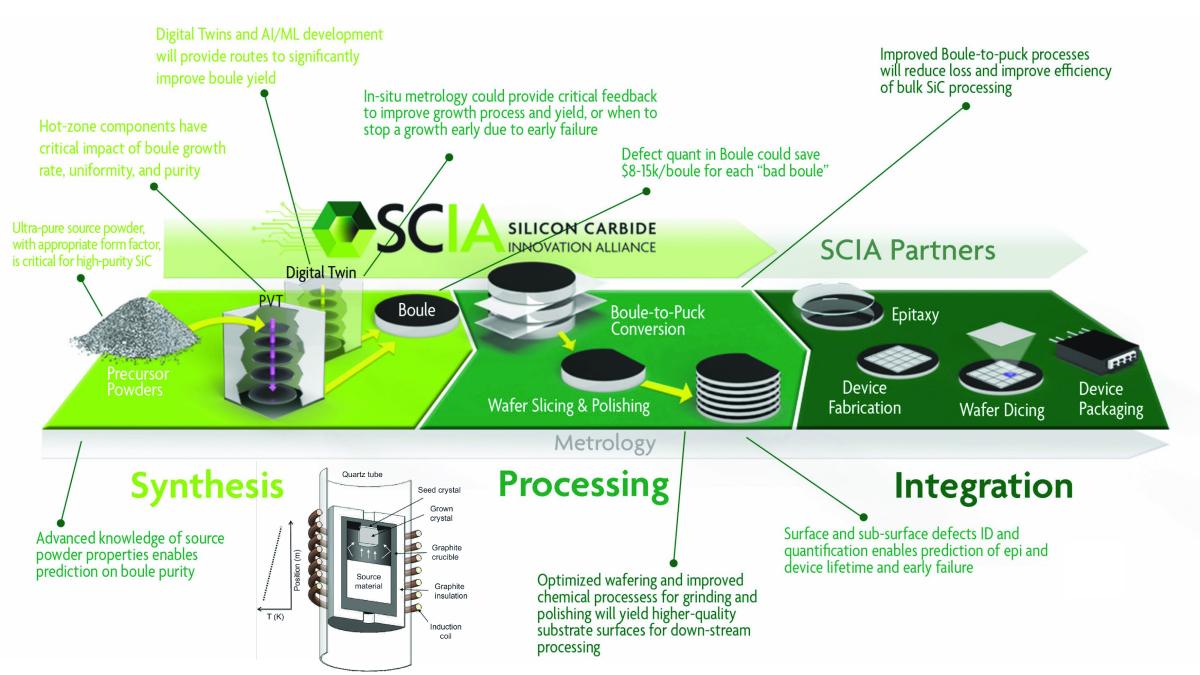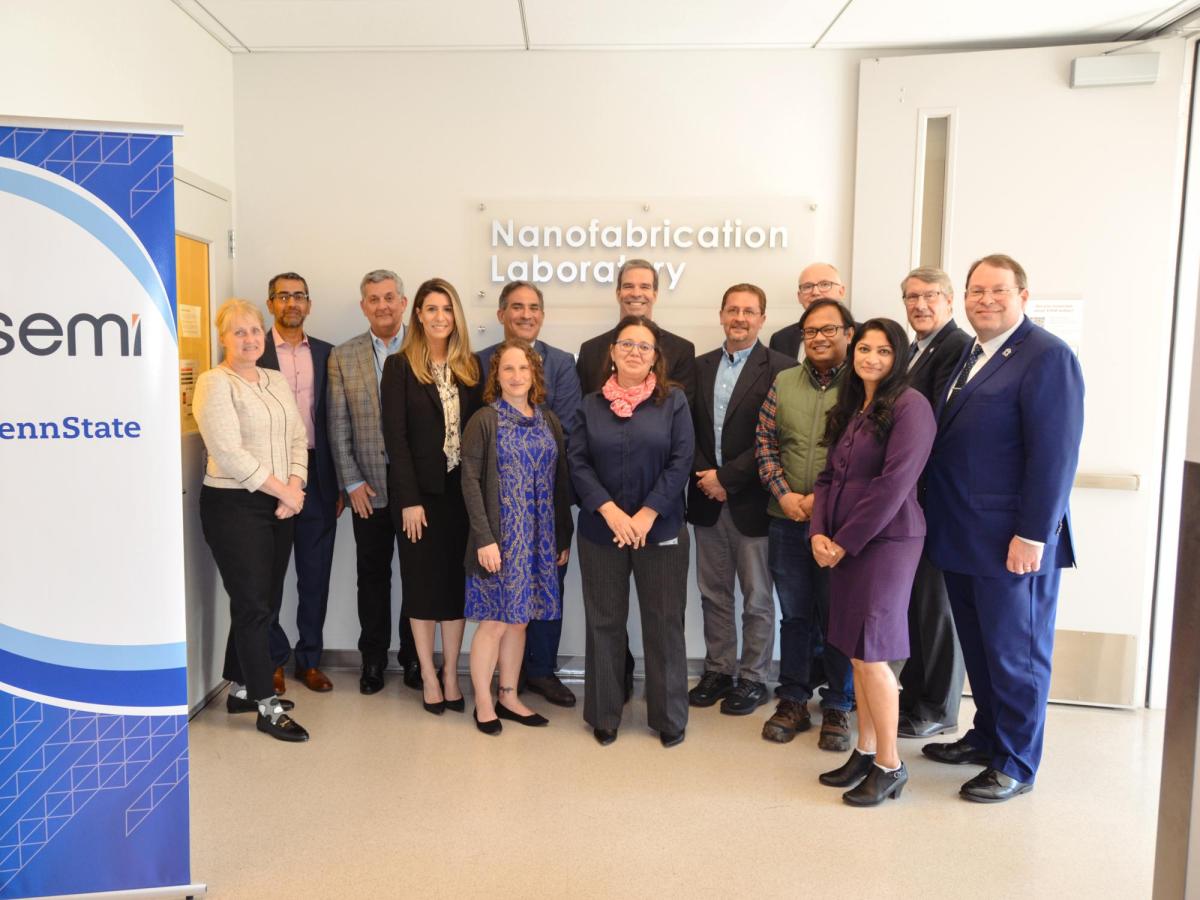Silicon carbide (SiC) is vital for enabling efficiency in electric vehicles (EVs); EV charging and energy infrastructure; and contributes to the decarbonization of the global economy. Penn State and onsemi are partnering to develop next generation crystal growth research and to raise awareness about the increasing demand for tech jobs in the semiconductor industry that will also have a major impact on the energy transition.
Credit: Jennifer M. McCann
The Silicon Carbide Innovation Alliance (SCIA)’s objective is to establish a deep understanding of silicon carbide (SiC) crystal growth, processing, and metrology that guides breakthroughs in SiC science and technology, while educating the next generation of semiconductor researchers. They aim to become the nation’s leading resource for SiC crystal science, technology, and workforce development.
Q: Who is leading this effort?
A: SCIA is directed by Joshua Robinson, with associate directors Adri van Duin and Suzanne Mohney.
Q: Where are you located?
A: SCIA is operated through the EMS Energy Institute and the Materials Research Institute. Research labs that contribute to its research are housed within the institute and around campus.
Q: How are you funded?
A: Penn State was awarded $3 million from the Air Force Office of Scientific Research to purchase the needed equipment for the alliance and has partnered with onsemi to establish the onsemi Silicon Carbide Crystal Center (SiC3) that is supported by an $8 million strategic collaboration. This was then followed by an additional memorandum of understanding with Morgan Advanced Materials for a $2 million collaboration. Finally, the SCIA is a member-based alliance, funded through industrial memberships that guide the research.
Q: What are your big goals?
A: The main objectives of the SCIA are to establish a growth, processing, and metrology research center that serves as a national resource for advancing SiC crystal science; to establish an academic and industry ecosystem that accelerates SiC R&D in a synergistic manner to all participants; to establish training protocols for SiC crystal growth, processing, and metrology for all academic levels and develop a workforce development (WFD) pipeline for SiC growth, processing, and metrology; and to develop a curriculum ensemble for undergraduate and graduate students to acquire certificates or academic minors focused on SiC and wide bandgap semiconductor theory and experiment.
Q: How do you plan to accomplish these goals?
A: The goals of the research will be accomplished through partnerships with industry leaders in this semiconductor space.
Q: Why is this research so important?
A: Silicon carbide (SiC) is vital for enabling efficiency in electric vehicles (EVs); EV charging and energy infrastructure; and contributes to the decarbonization of the global economy. Academic research in SiC made significant advancements in the late 1990s and early 2000s but has since diminished in the United States. This alliance will put SiC crystal research in America back on the map.
Q: What makes this research new/different/innovative?
A: The SCIA will be the only one of its kind in the United States. There are no other centers or institutes or alliances of similar nature, giving Penn State a unique advantage to pushing the boundaries of research and WFD.



